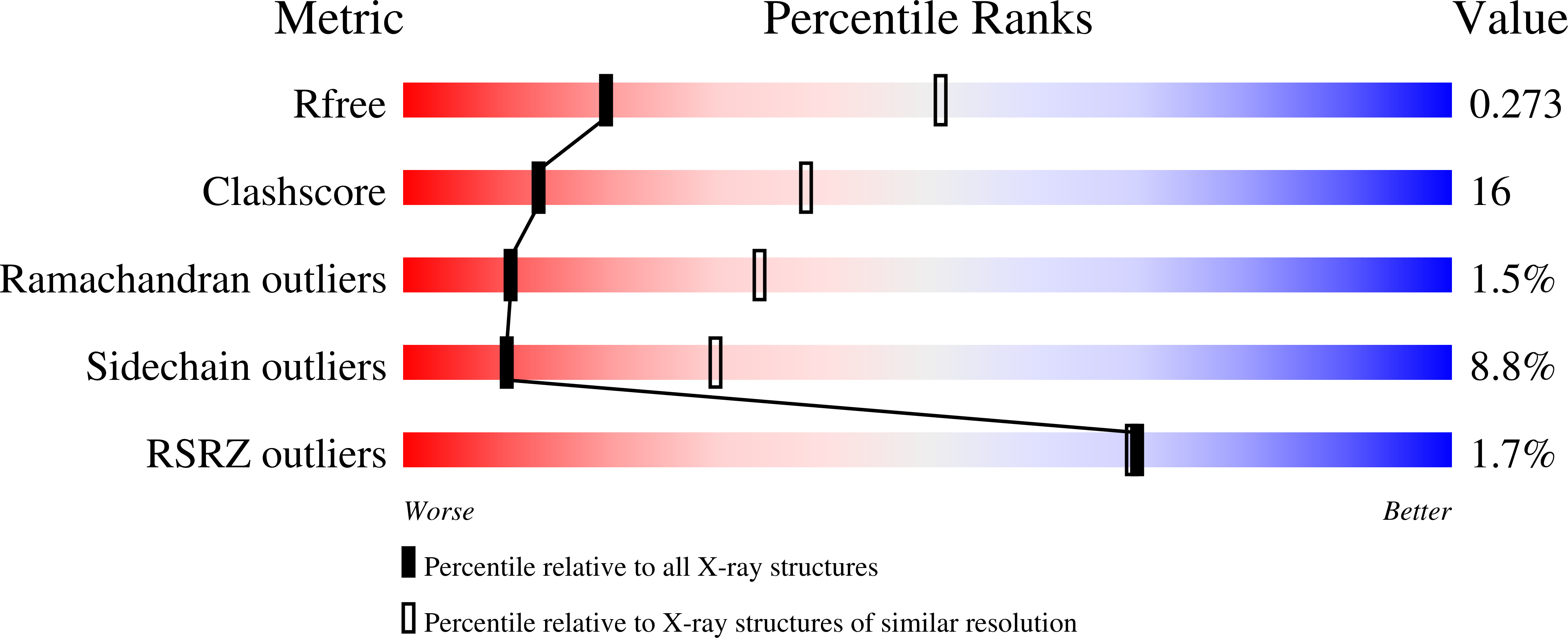
Deposition Date
2008-11-12
Release Date
2009-03-24
Last Version Date
2024-05-29
Entry Detail
PDB ID:
2ZVO
Keywords:
Title:
NEMO CoZi domain in complex with diubiquitin in C2 space group
Biological Source:
Source Organism:
Homo sapiens (Taxon ID: 9606)
Mus musculus (Taxon ID: 10090)
Mus musculus (Taxon ID: 10090)
Host Organism:
Method Details:
Experimental Method:
Resolution:
2.90 Å
R-Value Free:
0.27
R-Value Work:
0.23
R-Value Observed:
0.23
Space Group:
C 1 2 1


